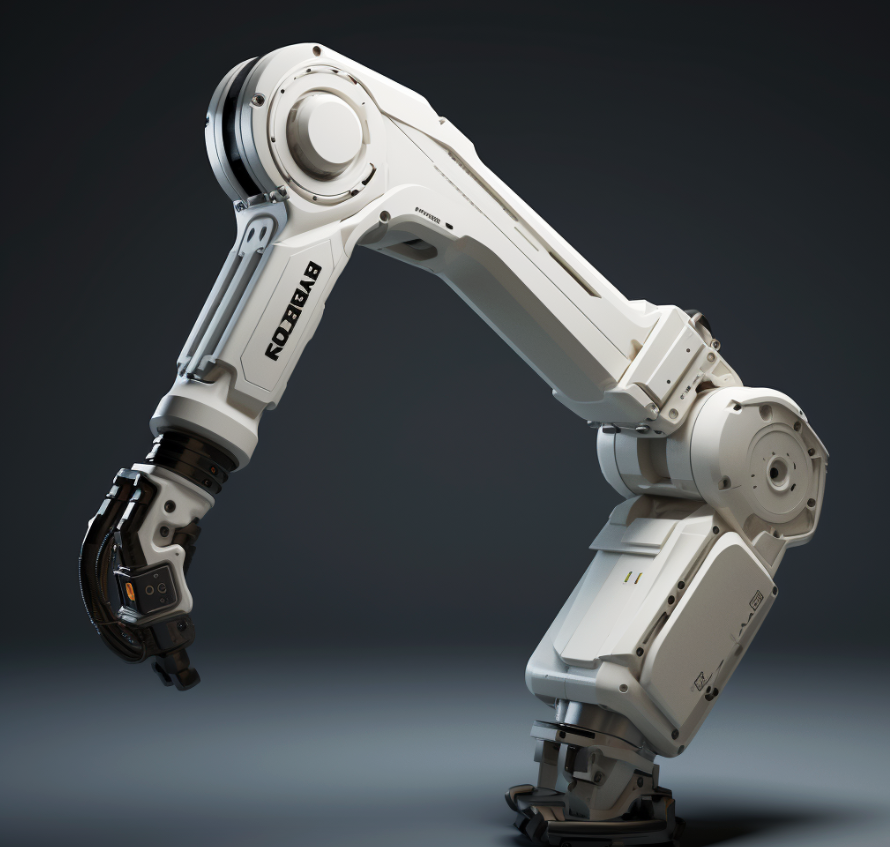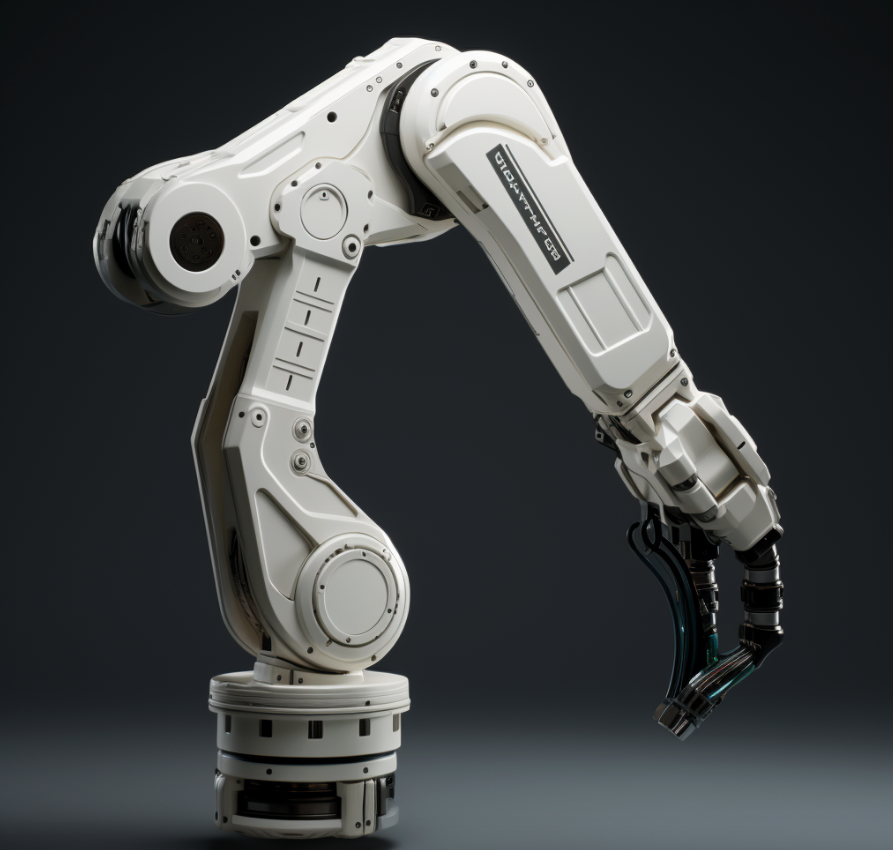

Ceramic end-effectors are specialty grippers used on Industrial robot arms for handling sensitive items like silicon wafers or glass panels during manufacturing.
They provide a secure, contamination-free grip to move these delicate materials safely and delicately.
Some of the ones used for micron-level applications are:
On the other hand, some tailor-made specialty grippers are:
So, we’ve established that these grippers are not your run-of-the-mill end-effectors. Therefore, you’ll have a few different factors to keep in mind that don’t apply to all grippers.
While rarer than other grippers, ceramic end-effectors are being used in specialized industries – and more than you think.
Some of them are:
Ceramic grippers are sometimes used in PCB assembly, though they are less common than plastic or metal options in this industry. Their electrical insulating properties prevent any shorts.

Now, we’re talking about semi-commercial grippers with ceramic parts, available online, and not for extremely specialized applications, as we mentioned above. Also, we’ve kept price ranges open because these are customized grippers.
They are:
Yes, ceramic end-effectors will gradually wear down with prolonged use, especially under very abrasive conditions. However, ceramics are very hard and durable materials that can last for years with proper maintenance.
Thermal shock from rapid temperature changes is the most common cause of breakage, so make sure the material is thermally stable for your process temperatures. Other causes are overloading beyond the rated capacity, impacts from crashes, and machining stresses.
Frequent inspection (daily or weekly) lets you catch issues early, so check for the first signs of wear, cracks, or loose/damaged components. Routinely service per the manufacturer’s recommendations. Also, the proper lubrication of moving parts reduces wear.
Yes! Alumina and zirconia ceramics have excellent chemical resistance and ultra-low particle generation, making them suitable for cleanrooms, and precision machining achieves the surface finishes needed.
Keep all surfaces clean and free of buildup, remember to lubricate moving components. Also, inspect regularly for wear, cracks, or damage. Replace grippers/jaws when worn, and follow manufacturer service guidelines.
Commercial ceramic end-effectors are not really dime-a-dozen, but you’ll need them if you work in fields that require niche, extremely specialized applications
And if you need something truly custom, many manufacturers can tweak an existing design or create a new effector tailored to your process.
Searching for the perfect combination of a robot arm and ceramic end-effector? RO1 by Standard Bots is tailored for adaptability, seamlessly accommodating a variety of ceramic end-effectors.
This makes RO1 the go-to, versatile choice for diverse tasks in both large and small machine shops.
Here’s what sets RO1 apart:
Take advantage of a free, 30-day onsite trial with RO1. Our expert solutions team is available to provide comprehensive insights and all the necessary guidance for a successful integration of your first robot.